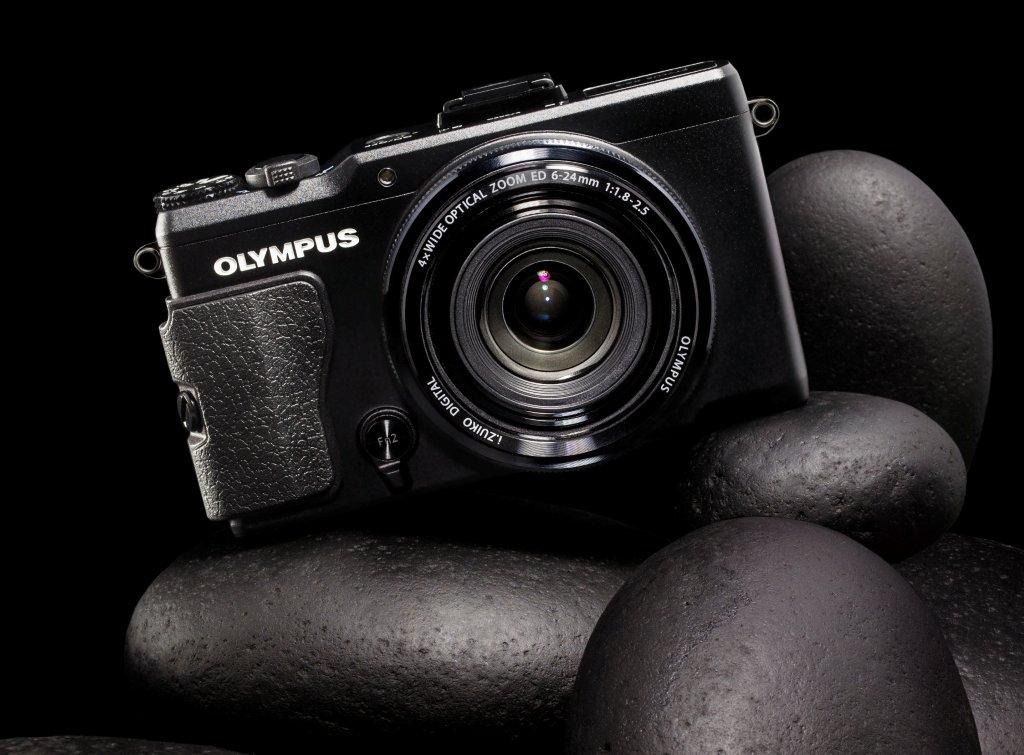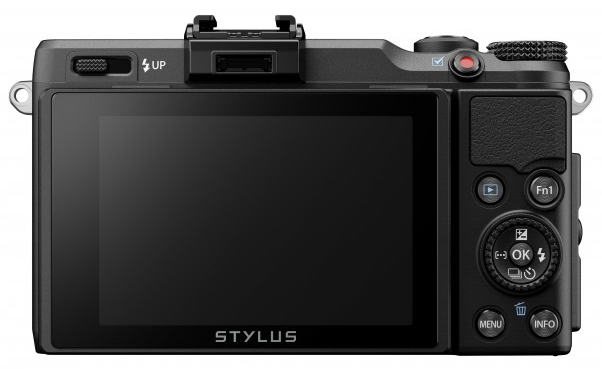

It is strange, but after 2,5 years the question seems still to be valid (not for Jerra though). In the end, all are good capable cameras. Olympux XZ-2 would be my 2nd choice(I do not like the looks of the LX7, which is something personal). Since you've asked, if it was me I would have probably gone with the RX100 for its larger sensor, better low light performance. I guess the choice will be dependent on the user's preferences and criteria which will vary with individuals. The review has pretty much summed up everything nicely. which type of user should choose what camera. Just tell me if you had the chance to compare these cameras yourself or what you (dis-)liked in general, e.g. Just read this review and I'm still not sure which camera to purchase: Is the user-interface worth it or the brighter lens? etcpp For even more impressive performance, particularly in low-light, larger sensor cameras should be considered, but with the exception of the remarkable Sony Cyber-shot DSC-RX100, few are as genuinely compact and as inherently flexible as these cameras.Question is if someone needs these features: As for low-light, the Olympus takes the lead but the scores are quite close. Even though it’s likely to have the same sensor as the Olympus, some performance enhancements have been made giving it the edge in Color Depth and Dynamic Range at base and low ISOs.


The Nikon Coolpix P7700, however, is a slightly different case. The Olympus even nudges ahead in our Sports use case, out-performing both those models in the low-light scores. Its overall sensor performance scores are a significant improvement on the original XZ-1 and easily measure up to the Panasonic Lumix DMC-LX7 and Canon PowerShot G15. The Olympus has a choice of two models, both originally designed for their micro 4:3 bodies but no less compatible with the XZ-2.Īlthough Olympus hasn’t updated the lens, the redesigned body, with its tilting screen and in particular the new sensor, means the XZ-2 compares favorably with the latest offerings from rivals. It’s also worth noting the decision to drop the optical finder of previous iterations may be a shortcoming for some users, especially as there’s no option to add an electronic finder. Not only does it have the longest zoom range, equivalent to 28-200mm, only a slightly ‘slower’ f/2.0-4.0 maximum variable aperture, and useful articulated 3-inch rear screen but, with a DxOMark score of 53, it performs very well indeed.

The Nikon, however, is a very strong challenger. You might see performance differences between the Canon and Nikon but the XZ-2 sits in the middle of those two in terms of the quality of sensor output.
Olympus xz 2 zoom iso#
Qualitatively, the improvements in image quality wouldn’t be noticeable and that’s also likely true in the Low-Light ISO scores, where the Olympus is ahead slightly.
Olympus xz 2 zoom 720p#
Like rivals, the upgrade to CMOS technology allows Full HD video (1080p) as well as 720p video at 30fps, and a doubling of sensitivity up to ISO12800.Īlthough the measurements are close, the Nikon P7700 has an additional 0.47Ev in Dynamic Range at base ISO over the Olympus XZ-2.Ĭompared with the Nikon, the XZ-2 can’t quite match it in Color Depth or Dynamic Range. The XZ-2 also has a tilting 3-inch touch-sensitive screen and provision for an optional electronic EVF (the same finders as the firms’ 4:3 models) although at $600, the addition of either the $160 VF-3 or higher-res $249 VF-2 makes the combination pricey. One nice control feature of the XZ-2 is the Hybrid control ring surrounding the lens, it can be used to alter a number of settings including aperture values, shutter speeds and adjust EV compensation among others. This is attached to a stabilized platform, much like the firm’s 4:3 cameras and features a 6-24mm f/1.8-2.5 (28-112mm equivalent in 35mm terms) iZuiko-Digital branded zoom lens. The Olympus XZ-2 iHS measures just 113 x 65.4 x 48mm (4.4 x 2.6 x 1.9″) and weighs 346g (12.20 oz ) but packs a 12Mpix 1/1.7-inch type (7.44×5.58mm) backside illuminated (BSI) CMOS sensor. High-end enthusiast orientated digital compact cameras like this one promise high-quality imagery in a very small form factor.


 0 kommentar(er)
0 kommentar(er)
